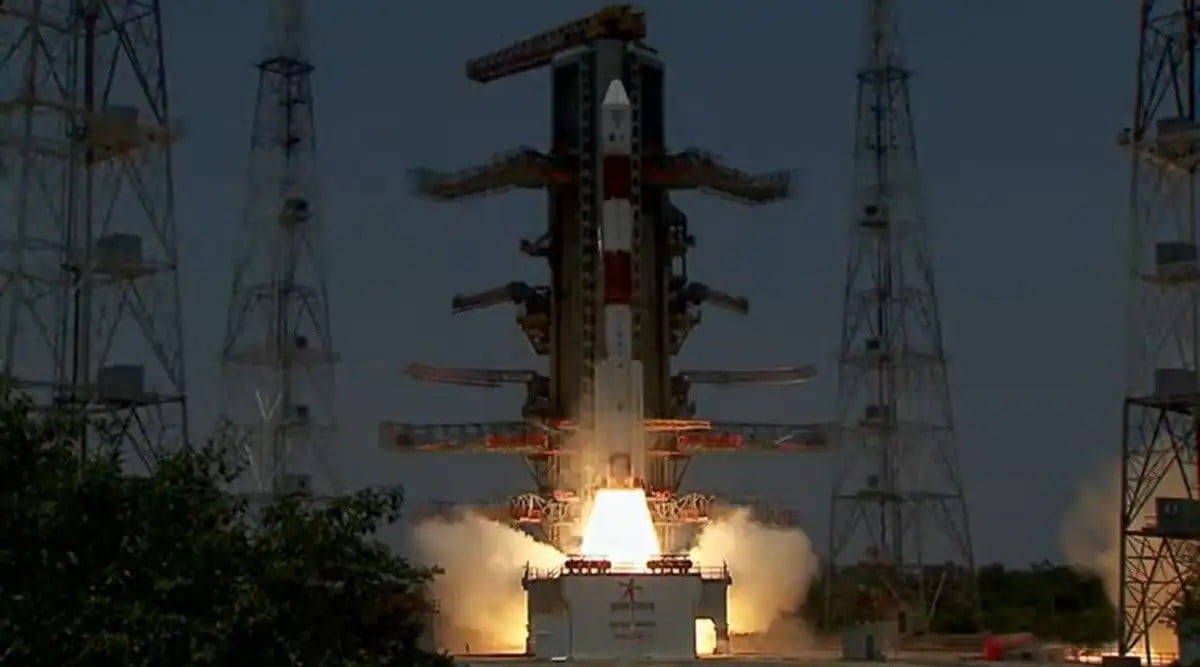 |
| India successfully launched the Aditya-L1 spacecraft on September 2. (Source: ISRO) |
The Aditya-L1 probe will be launched into low Earth orbit. The probe will then fire its thrusters and head towards the Lagrange 1 (L1) point between the Earth and the Sun. From there, Aditya-L1 can study the Sun without being affected by occultations.
The Aditya-L1 probe carries seven instruments to observe the Sun’s atmosphere, surface (photosphere), magnetic field, and particles around the star. One of the most intense regions Aditya-L1 will study is the Sun’s upper atmosphere. It will also take ultraviolet images of the corona and photosphere with the Solar Ultraviolet Imaging Telescope (SUIT).
In addition to exploring the mysteries of the solar corona, the Aditya-L1 spacecraft will also observe solar flares and coronal mass ejections (CMEs), powerful explosions that can affect life on Earth.
At the same time, Aditya-L1 will also study the changes in plasma during its journey back to Earth. The probe will also take several measurements of the near-Earth plasma environment using the Solar Wind Particle Experiment (ASPEX) and the BD. If successful, India will be the first Asian country to put a spacecraft into orbit around the Sun.
However, the Aditya-L1 spacecraft only stopped at 1% of the distance from Earth to the Sun. At that distance, the gravitational forces of the Sun and Earth on the spacecraft cancel each other out, helping Aditya-L1 maintain a stable orbit around the Sun.
Previously, at the end of August, India's Chandrayaan-3 probe successfully landed on the South Pole of the Moon. This is a feat that previously only Russia, the US and China had achieved.
Source










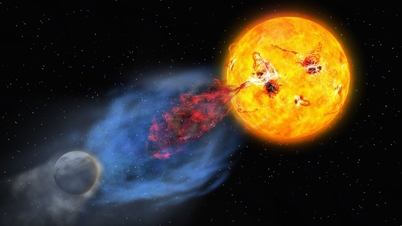






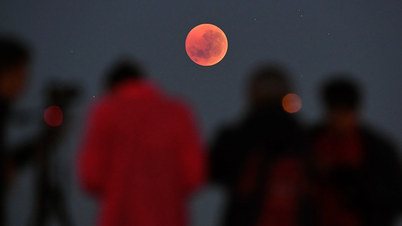
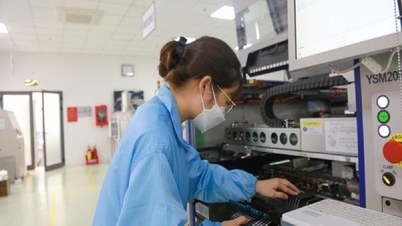

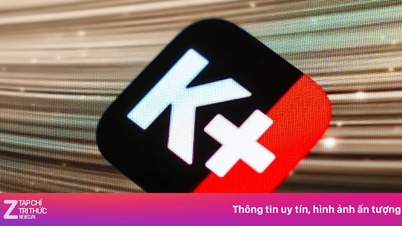



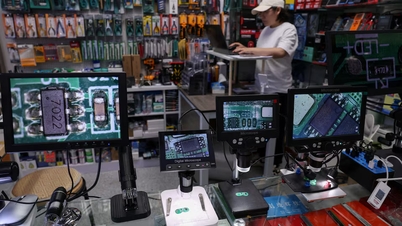



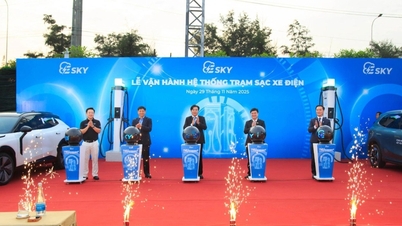









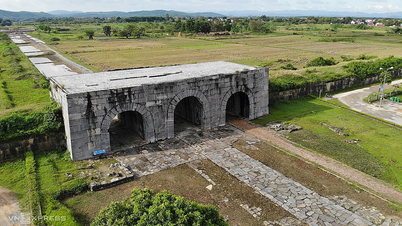
![[Photo] Worshiping the Tuyet Son statue - a nearly 400-year-old treasure at Keo Pagoda](/_next/image?url=https%3A%2F%2Fvphoto.vietnam.vn%2Fthumb%2F1200x675%2Fvietnam%2Fresource%2FIMAGE%2F2025%2F12%2F02%2F1764679323086_ndo_br_tempimageomw0hi-4884-jpg.webp&w=3840&q=75)
![[Photo] Parade to celebrate the 50th anniversary of Laos' National Day](/_next/image?url=https%3A%2F%2Fvphoto.vietnam.vn%2Fthumb%2F1200x675%2Fvietnam%2Fresource%2FIMAGE%2F2025%2F12%2F02%2F1764691918289_ndo_br_0-jpg.webp&w=3840&q=75)




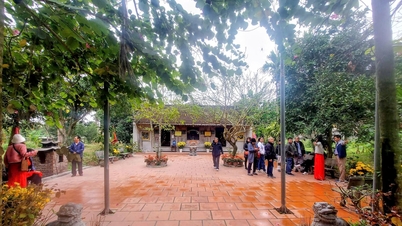










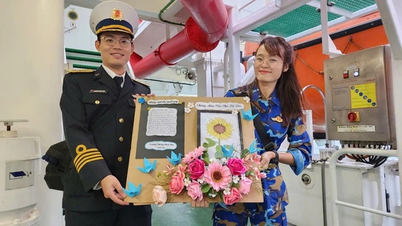

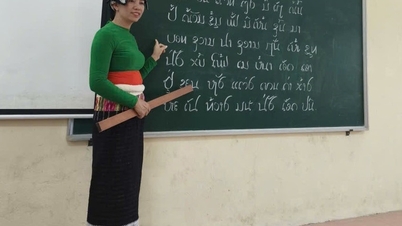

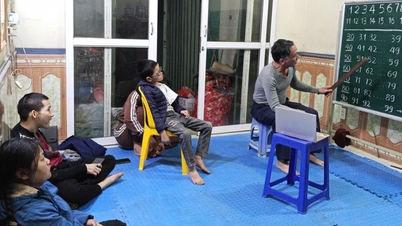
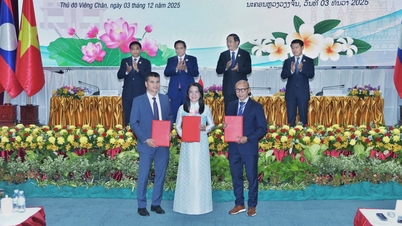




















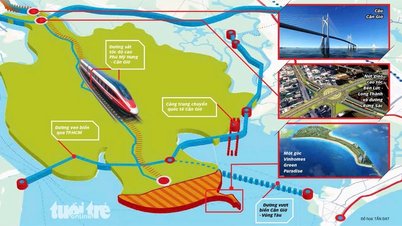









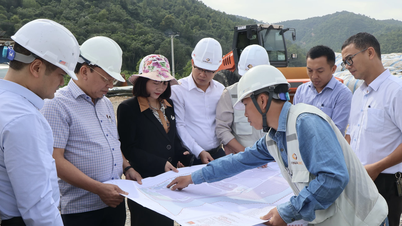





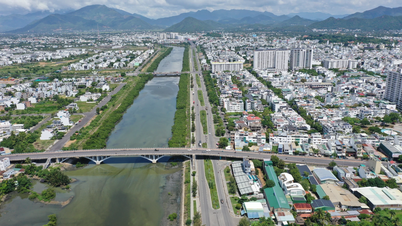
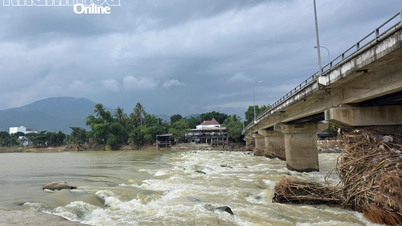













Comment (0)